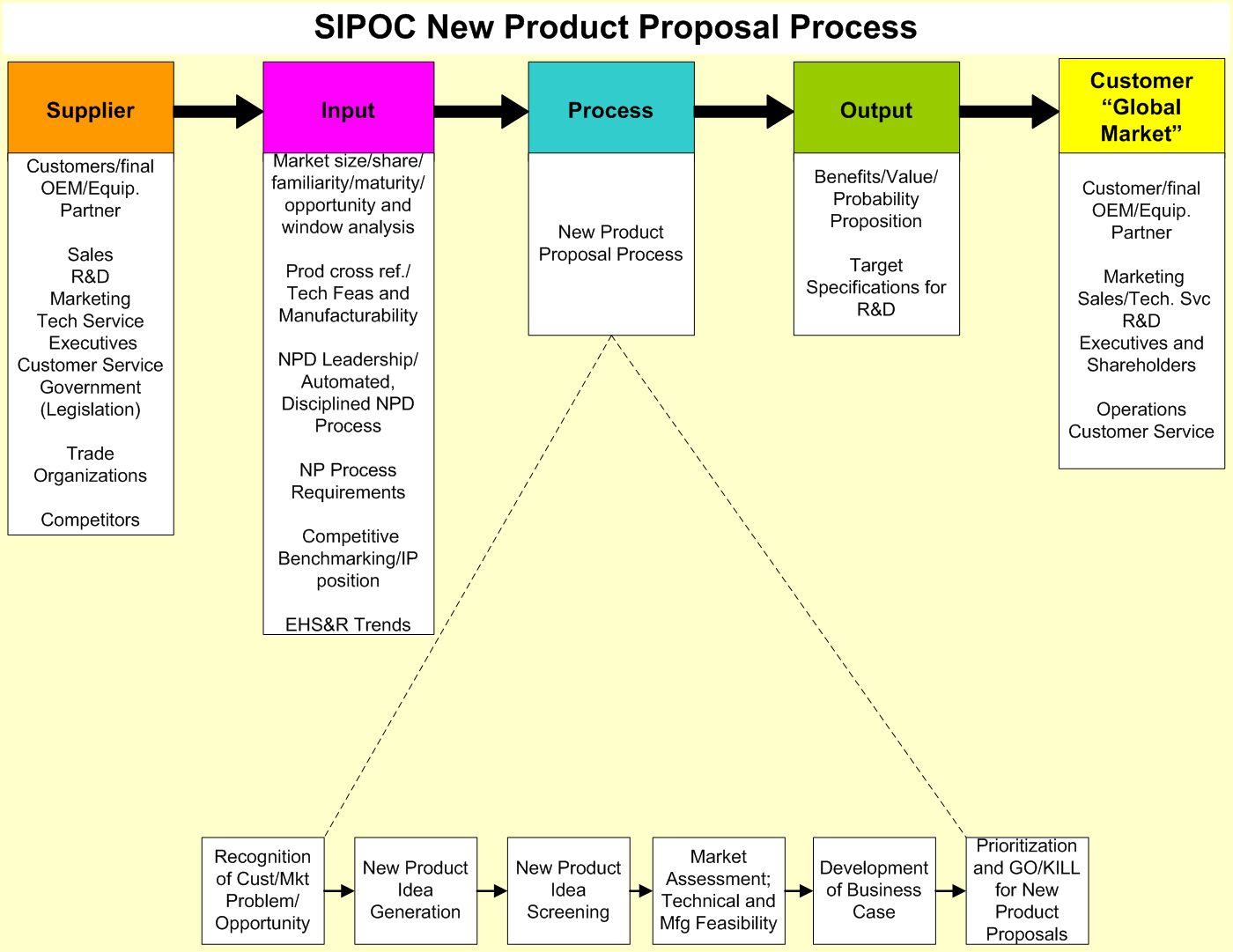E6S-015 Project Scoping – Define your Scope, Create a Consensus
I Understand the need for scoping tools and project boundaries
a. Discuss factors affecting scope: spheres of influence/control, stakeholder considerations, applying a concentrated effort (i.e. pareto principle),
II When to use scoping tools
a. During project Define phase, preferably before project definition. May be used before or after defining a team. Scope will affect the choice of team members.
b. As and when you get additional data/information – Use this as a tool to help the team focus their attention on the problem and not get distracted by tangential discussions
III Some basic scoping tools
a. Metrics analysis (IPY or DPM vs DPMO or DPU);
i. If you measure yield at each process step (many companies don’t), concentrate where the IPY or the DPMO is the worst
ii. DPU and DPMO are better metrics to concentrate on (DPMO can be difficult to measure. What’s an “opportunity?”
b. Pareto By Process Step, Location, Shift, Product Line, .... etc. (Defectives data) – You might not have some of this data till you reach the Analyze phase. It might be good to revisit the Scope of the project once you have additional data
i. Pareto: From Vilfredo Pareto (mid-late 1800s). Measured the wealth in Italy, and determined 80% of the land was controlled by 20% of the population. Hence the 80/20 rule.
ii. Breaking down the data among categories to show where the greater number of issues are coming from
iii. Concentrate on the “big” buckets that are contributing most to the issue. Get a bigger “bang for the buck,” or y=f(x), have a greater impact on the output by controlling the least amount of inputs.
c. Affinity,
i. When data is not available. Use common consensus to scope down the project
ii. Ref iSixSigma article (http://www.isixsigma.com/tools-templates/sampling-data/enlist-process-owners-survive-absence-data/), by Aaron Spearin
d. 5 Whys,
i. Drill down through root causes, from where answers are obvious, to where the answer the to a “why” cannot be easily answered. Evaluate and investigate this vague area for impact on the issues.
e. MacroMap, (5-7 High Level map of Major process Steps)
f. SIPOC, (Supplier, Inputs, Process (Macromap), Outputs, Customers)
i. Forces a look at Customers and Suppliers of the process.
iii. This tool also helps identify who should be involved in the project team
g. Is/Is Not Scope Matrix
h. Others Less Common: Force field, (SWOT) Strengths Weaknesses Opportunities Threats analysis, Fishbone Diagram
Aaron personal favorite would be a combination of SIPOC and Is/Is Not Scope Matrix

